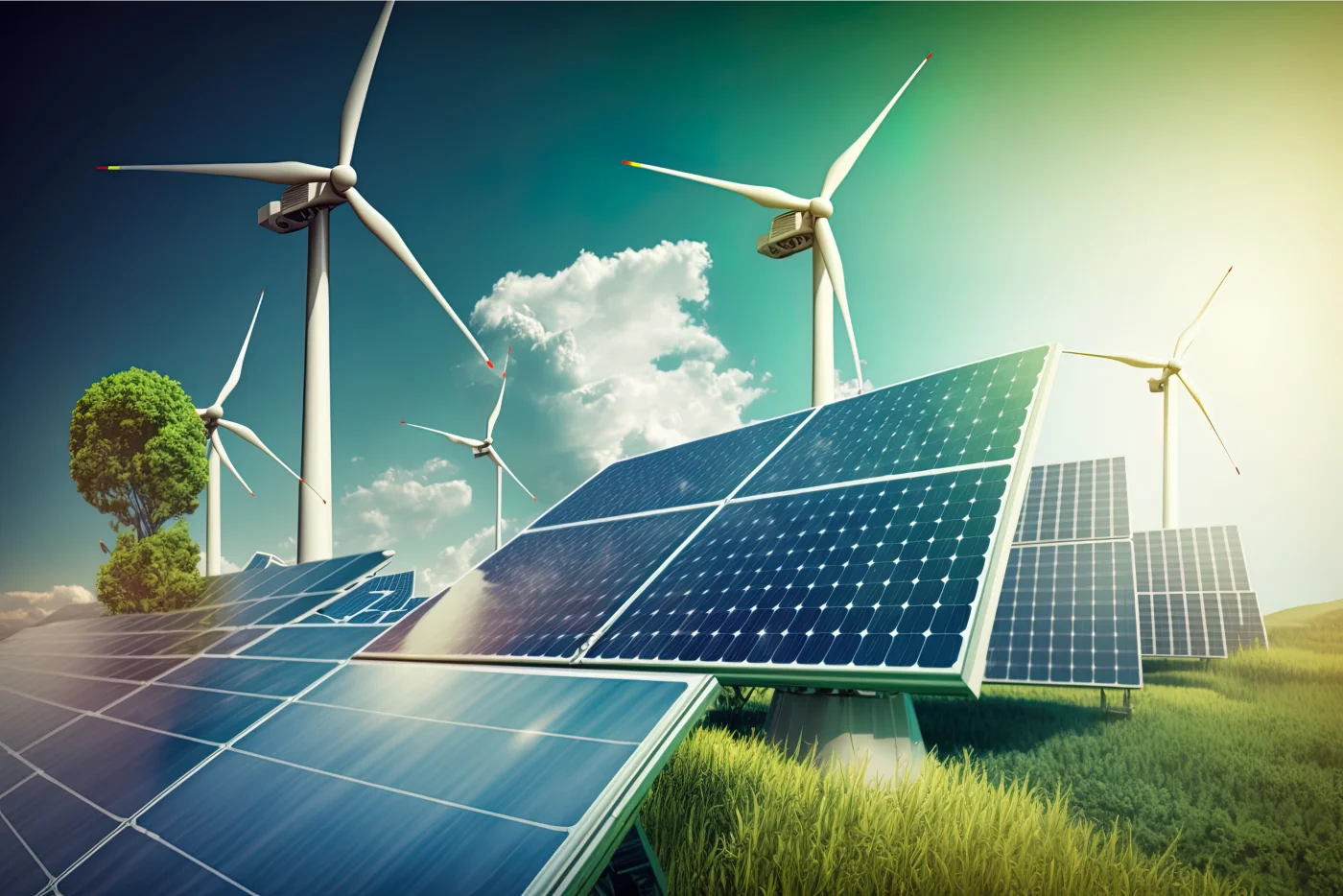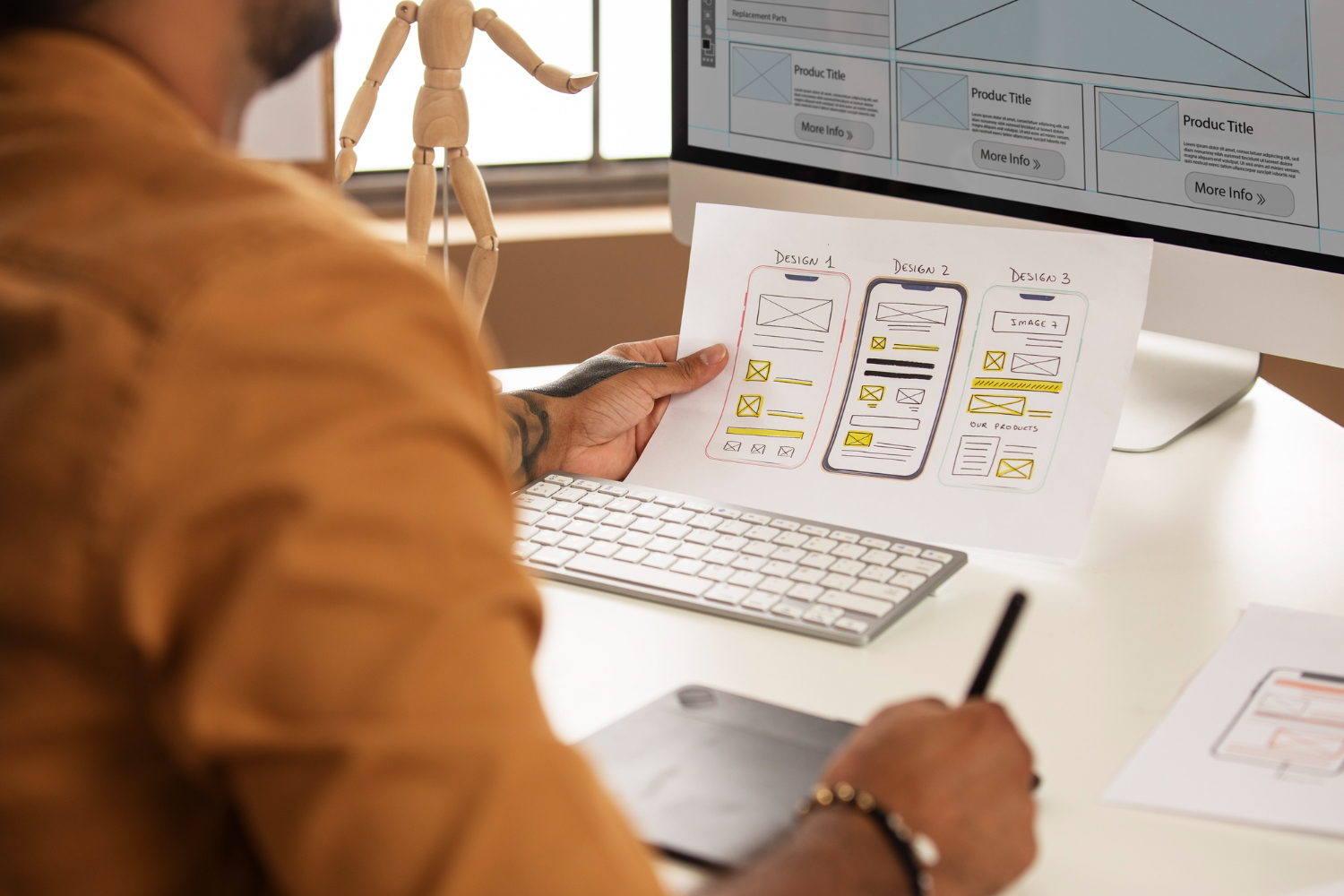The idea of creating your own home power can feel overwhelming. When you hear terms like kilowatts, inverters, and amp-hours, it is easy to assume that generating your own electricity is a job only for engineers. But what if you could set up a simple, reliable system without needing an electrical degree? The good news is that you can. This guide is designed to walk you through the basics of a straightforward home power solution that anyone can understand and implement.
The goal of this home power solution is not to power your entire house from the start. That is a complex and expensive project. Instead, we will focus on a core system. Think of it as a first step. This initial setup can keep your lights on, your phones charged, and your refrigerator running during a power outage. This practical approach makes the entire process manageable and affordable, proving that a effective home power solution is within your reach.
Understanding the Basic Pieces of the Puzzle
Every home power solution is built from a few key components. Do not let the names intimidate you. We will explain what each one does in plain English.
- The Battery: This is the heart of your system. It stores the electricity, just like a larger, more powerful version of the battery in your phone. For a simple home power solution, a deep-cycle lead-acid or lithium battery is a common choice. You do not need a car battery; those are designed for short, powerful bursts to start an engine, not for long, steady power.
- The Power Inverter: The electricity stored in your battery is a type called Direct Current (DC). However, the appliances in your home use Alternating Current (AC). The inverter is a box that simply converts the DC power from your battery into the AC power your devices need. It is the translator between your battery and your gadgets.
- The Charger: A battery does not create power; it only stores it. So, you need a way to fill it up. This is the job of the charger. In a basic home power solution, this can be as simple as a dedicated battery charger you plug into a normal wall outlet when the grid power is on. For a more advanced system, you could later add solar panels, which would act as a silent, fuel-free charger.
- The Charge Controller (if using solar): If you decide to use solar panels, you will need a charge controller. This small device acts as a smart manager between the solar panels and the battery. It ensures the battery is charged efficiently and, most importantly, prevents it from being overcharged, which can damage it.

Building Your Simple Home Power Solution: A Step-by-Step Plan
Now that you know the players, let us look at how they work together. Follow these steps to assemble your basic home power solution.
Step 1: Plan Your Power Needs.
First, decide what you absolutely need to power during an outage. Make a short list. Essential items often include:
- A few LED light bulbs
- Your smartphone and laptop
- Your Wi-Fi router and modem
- Your refrigerator (it cycles on and off, so it does not run continuously)
This planning step is crucial. It prevents you from buying a system that is too big or too small for your actual needs. It makes your home power solution cost-effective from the start.
Step 2: Choose Your Components.
Based on your list, you can select the right size for your components. A good starting point for a non-techie is an all-in-one power station. These devices have the battery, inverter, and charge controller built into a single, portable box. They are safe, quiet, and incredibly easy to use you just plug your devices into them. Alternatively, you can buy the components separately for more customization, but the all-in-one station is the simplest path for your first home power solution.
Step 3: The Simple Setup.
If you chose an all-in-one power station, the setup is very easy. Place the unit in a dry, well-ventilated area, like a garage or utility room. Plug it into a wall outlet to keep the internal battery fully charged. Then, when the power goes out, you simply unplug it from the wall and plug your essential devices directly into the outlets on the power station. Your home power solution is now active.
If you are building a system from separate parts, the connection is still straightforward. You would connect the battery to the inverter using thick cables (usually provided with the inverter). Then, you plug a battery charger into the wall outlet and connect it to the battery to keep it topped up. You then plug your appliances into the inverter.
Step 4: Safety and Maintenance.
The most important part of any home power solution is safety. Keep your battery and inverter in a dry location away from water. Do not attempt to open the battery. The maintenance for a simple system is minimal. For a lead-acid battery, you might need to check the water level periodically. Lithium batteries and all-in-one power stations are virtually maintenance-free. The key is to keep the battery charged, so it is ready when you need it.
Taking the Next Step
This basic home power solution provides immediate peace of mind and practical backup power. Once you are comfortable with this system, you can easily expand it. You could add a solar panel to recharge your battery without needing grid power, moving you closer to true energy independence. You could also add a second battery to double your available power.
The journey to energy security does not have to start with a complex, whole-house system. It can begin with a simple, understandable setup that solves your most critical power needs. By breaking the process down into these manageable steps, we see that a reliable home power solution is not a distant dream for experts. It is a practical project that you can accomplish today, taking control of your energy needs one simple step at a time.

